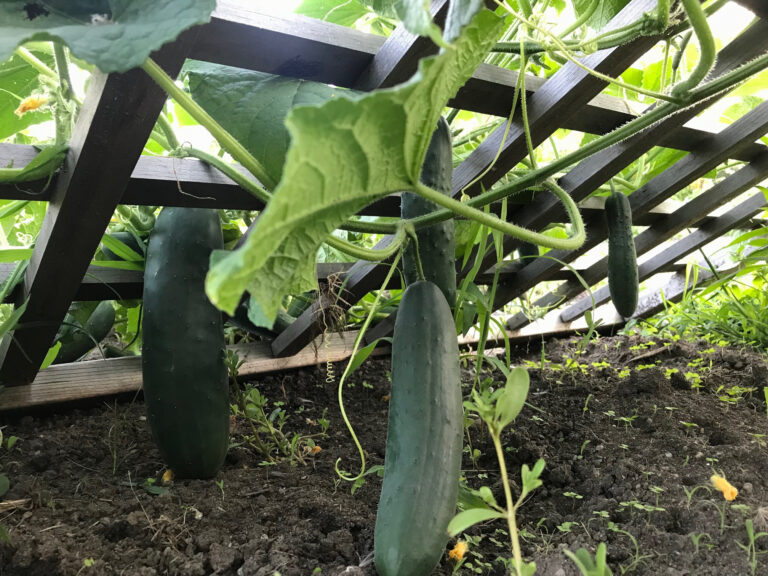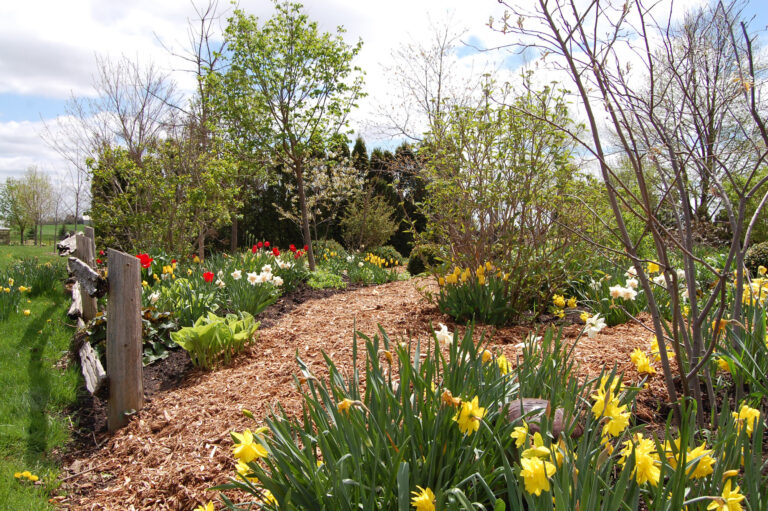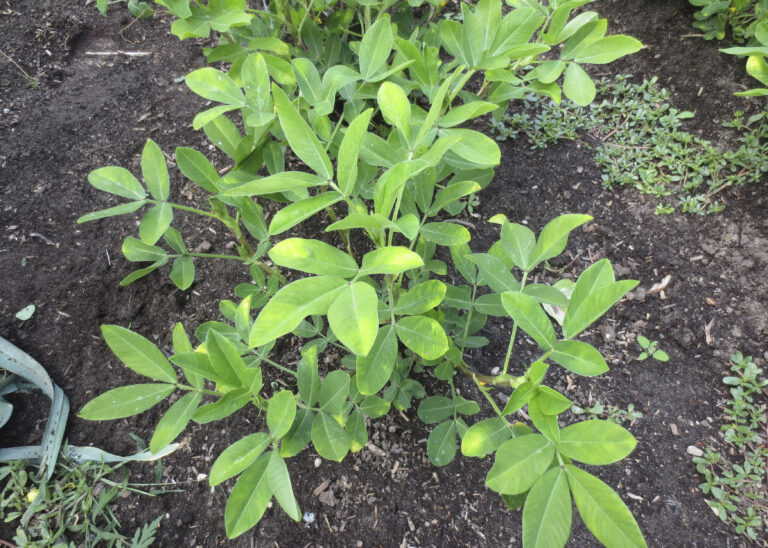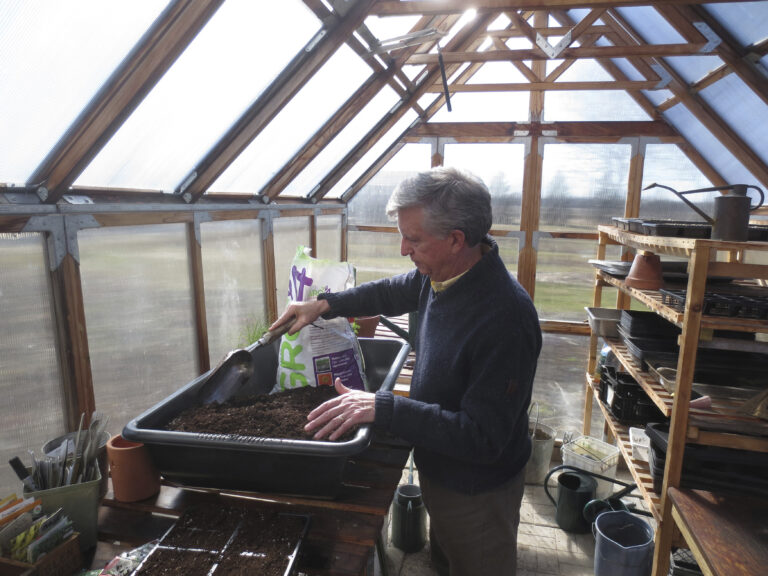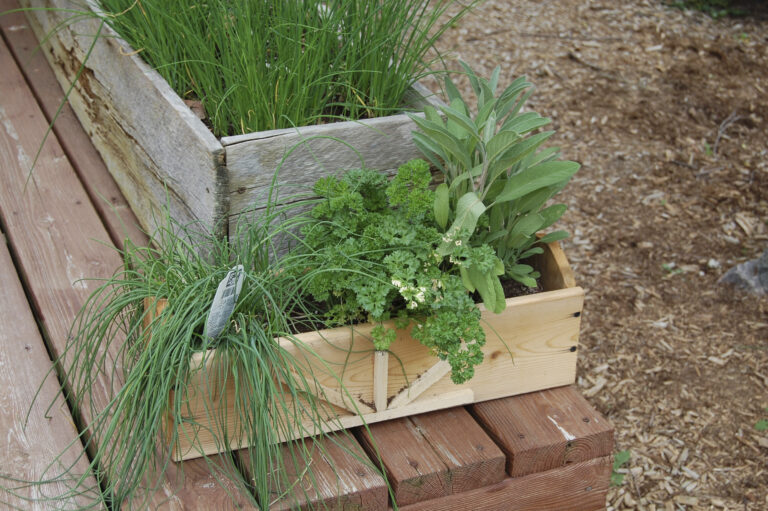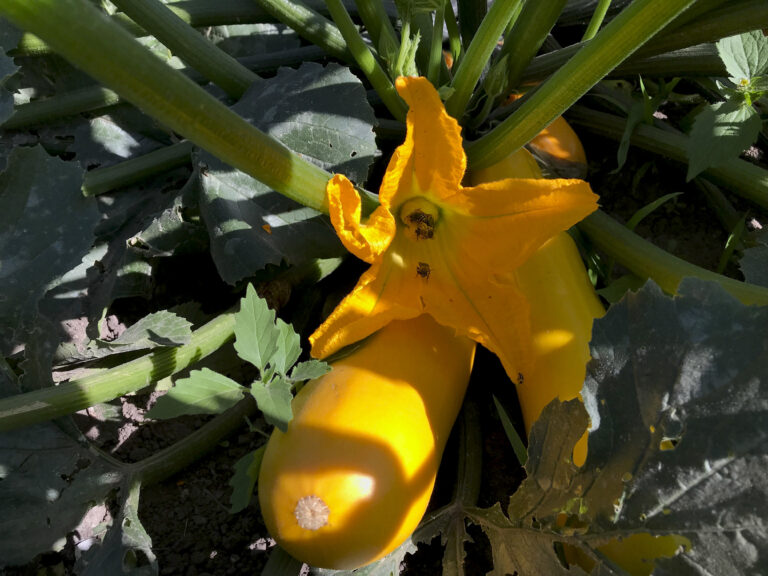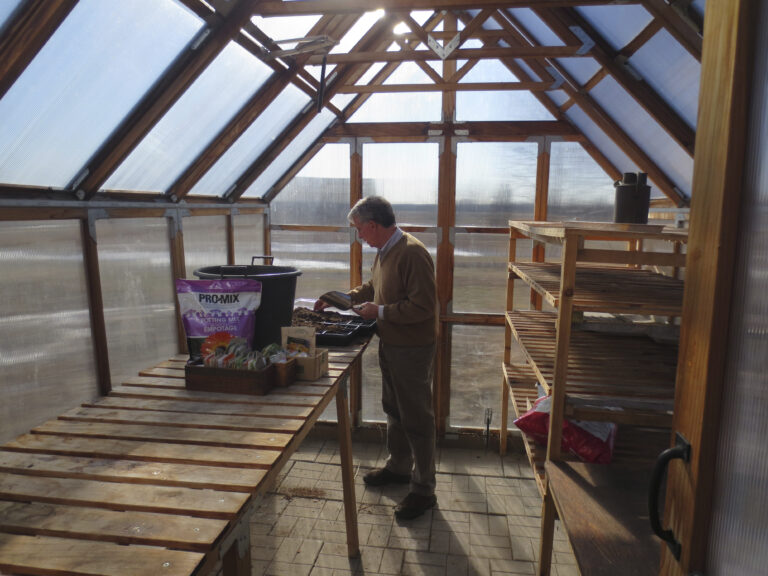By Mark and Ben Cullen
In England, a Cottage Garden refers to an informal arrangement of plants, arranged densely for a big show of colour. If you think of fairy tales, you might get the image. Not that of formal palace gardens, but that of working people. More Hansel and Gretel’s grandma’s house, and less of Cinderella’s castle.
In Canada, a cottage often refers to a second home that is tended to only part-time. Our cottages tend to be north where the climate is harsh, and the soil poor. Forget about fussy flowerbeds and fulsome fruit crops. The Canadian cottage garden needs to be tough and low maintenance, but also beautiful to reflect our rugged landscape and the nature that brings us to cottage country. We encourage readers who maintain a garden at their cottage to leave their urban sensibilities in the city. And we encourage readers in the city to consider bringing their cottage sensibilities back with them.
Here are our top tips for your Canadian Cottage Garden:
- Bring in soil. Lots. Whether your cottage is perched on the rocky shores of Georgian Bay or by a lake in the Kawarthas, odds are there is not a lot of topsoil. Do yourself a favour and bring in enough that you have at least 30 cm (12”) of the good stuff to dig into, rich with compost to feed your plants. Forget bags. You will likely find a bulk supplier in your nearest town for an adequate amount at a fair price.
- Stretch your soil with raised beds. Raised beds are perfect for cottage gardens because they are an efficient way to amend soil and warm up earlier in the spring. They are ultra low maintenance as they are subject to fewer weeds. For the same reasons, container gardening is also well-suited to the cottage. Consider repurposing available rock material to construct your raised beds and finding other salvaged materials to repurpose into containers. The informal feel of the cottage allows for this.
- Choose the right plants. Purple coneflower (Echinacea purpurea), New England aster (Aster novae-angliae), and Black-Eyed Susan (Rudbeckia hirta) are cottage-country classics not just because they are flowering natives which support pollinators. They are rock-solid (pardon the pun) performers which will flower in a sunny garden even as you neglect them between weekend visits. Native grasses such as Fox Sedge and Big Blue Stem also perform well in tough conditions and give a breezy feel to your laid-back atmosphere.
- Plant a feature tree. Most Canadians recognize artist Tom Thomson’s Jack Pine painting. Trees are the living, breathing soul of Canadian cottage country that is known around the world. Consider sourcing seed locally to grow a native from a local genotype or talk to an arborist about something ideally suited to your site. Always make sure that you are planting native species that grow naturally in your area.
- Shrink the lawn. There are a lot of great reasons not to have a lawn at the cottage – maintenance being an obvious one. There is a much longer list of environmental reasons against the cottage lawn – they do no work to support biodiversity, they require irrigation to look good on thin, dry topsoil. The noise of a power mower contradicts the idea of cottage life and lawn fertilizer runoff is hazardous to delicate cottage-country ecosystems. Consider an Ecological Lawn seed mixture from the Ontario Seed Company which will do away with the hard-to-maintain and non-native Kentucky Bluegrass in place of a low-maintenance or flowering seed mix. These mixtures can require as little as one mowing per season and will surprise and delight you throughout the season with flowering perennials such as yarrow and white clover, without irrigation. The result is what we call the relaxed look, which works well at the cottage, after all.
Most of all, remember that you do not need to own a cottage to enjoy a Canadian cottage garden. We do not have cottages, but when Mark decided to sell the family home in Markham it did not stop the listing agent from advertising the property as “MUSKOKA RIGHT IN YOUR OWN BACKYARD”. We could all use a little Muskoka in our backyards.
Mark Cullen is an expert gardener, author, broadcaster, tree advocate and Member of the Order of Canada. His son Ben is a fourth-generation urban gardener and graduate of University of Guelph and Dalhousie University in Halifax. Follow them at markcullen.com, @markcullengardening, and on Facebook.


